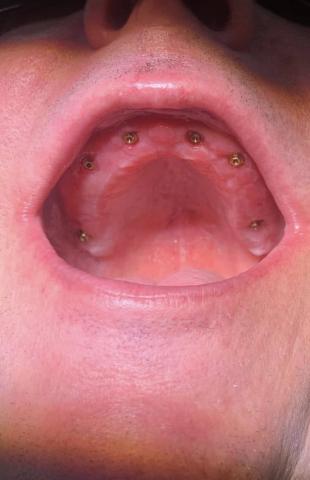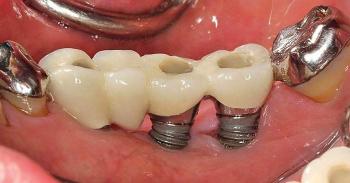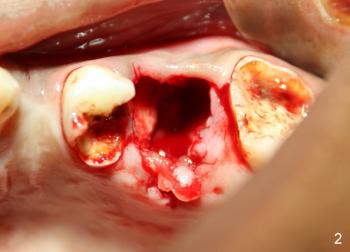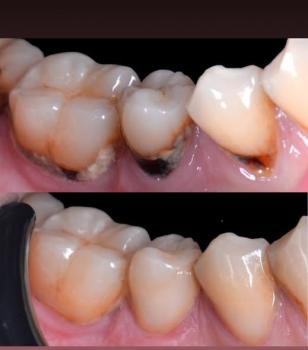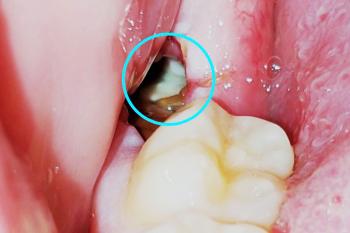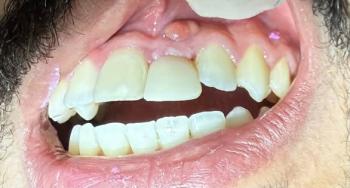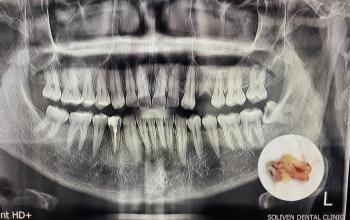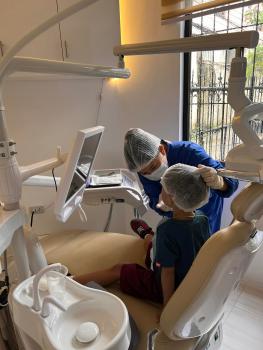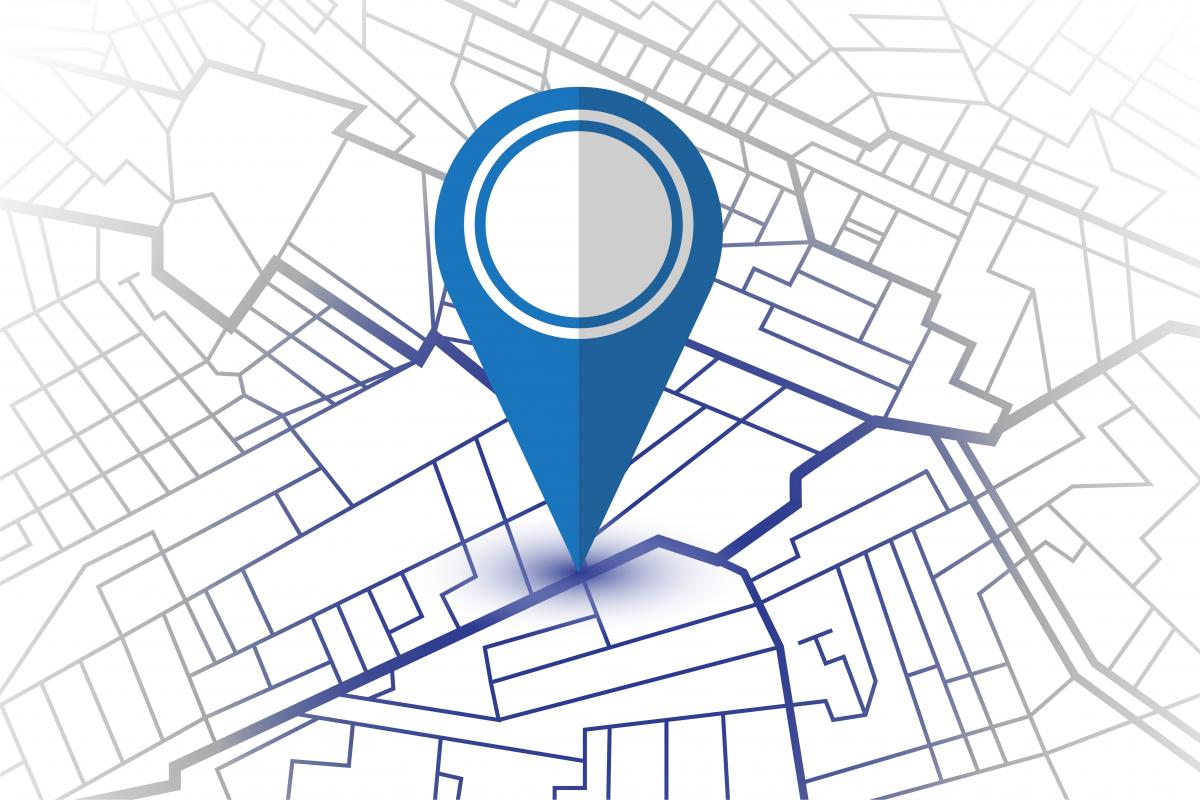Dentures That Feel Natural, Look Beautiful.
Full Mouth Dental Implants in Cebu: Healing Time, Process, and What to Expect in the First 14 Days
Severity:
Teeth Problems:
1) What I see in the photo (clinical observations)
-
There appear to be six maxillary implant locator/ball abutments placed across the arch (consistent with an implant-retained overdenture design).
-
The mucosa is generally pink. There is mild erythema (redness) around a few abutments but I do not see obvious pus or large swelling in this photo.
-
Tissue margins around some abutments look slightly inflamed — could be normal healing irritation, plaque accumulation, or early mucositis around the abutments.
-
No obvious implant exposure or large soft-tissue defect in this view.
Important: a photo is only one piece of information — a full exam (palpation, mobility tests, probing, CBCT radiographs, medical history) is needed to confirm implant health.
2) Likely treatment plan options for a fully edentulous maxilla
-
Implant-retained overdenture on multiple locators (what this looks like now). Advantages: removable denture, easier hygiene, lower cost.
-
Fixed hybrid prosthesis (All-on-4 / fixed bridge) — if immediate loading was done or planned, different considerations apply (primary stability, cross-arch rigid prosthesis).
-
If implants are already placed and healing abutments/locators are present: final denture impressions and prosthesis fabrication will follow after confirming osseointegration and tissue health.
3) Typical healing / timeline expectations
-
Soft-tissue healing around abutments: generally 2–4 weeks for initial mucosal healing. Mild redness/irritation should reduce in this period with good hygiene.
-
Osseointegration (bone bonding to implant): generally 3–6 months (maxilla often toward the longer end, frequently 4–6 months) for predictable long-term stability with conventional protocols.
-
Immediate-load protocols (provisional same day): possible if implants had excellent primary stability and clinician planned it; still requires careful avoidance of overloading and follow-up.
-
Final prosthesis: usually delivered after confirming osseointegration (weeks to months depending on the chosen protocol).
4) If the patient expects complete healing in 14 days — realistic risks/problems
-
14 days is usually NOT enough for full osseointegration. Problems that can arise if prosthesis is loaded too strongly too early:
-
Micromovement -> failed osseointegration / implant loosening
-
Increased pain, swelling, infection if soft tissue not healed or if hygiene is poor
-
Peri-implant mucositis or peri-implantitis from plaque accumulating around attachments
-
Prosthesis fit issues (soreness, ulceration) if the dentures are ill-fitting against healing tissues
-
Bone loss around implants if overloaded early
-
-
If implants were immediately loaded, the clinician must monitor closely; if not, expect a longer wait before final prosthesis.
5) Home care and immediate actions (practical)
-
Keep attachments clean — brush gently around abutments with a soft toothbrush and use interdental brushes where they fit.
-
Rinse with warm saline (salt water) 2–3× daily; use chlorhexidine mouthwash if prescribed (short-term).
-
Soft diet, avoid hard/crunchy foods that create lateral loads on the maxilla.
-
Avoid smoking — it impairs healing and raises failure risk.
-
If antibiotics or analgesics were prescribed, finish the course as directed.
6) Red flags that require urgent dental review
Seek immediate dental care if any of these occur:
-
Increasing or throbbing pain that does not improve with analgesics
-
Rapid swelling of cheek or face, fever, pus/drainage from tissues
-
Any mobility of an implant or abutment (or if the prosthesis feels loose)
-
Sudden numbness or altered sensation in the lip or face
-
Fistula (small draining tract) or bad persistent taste/smell
7) Practical next steps for the patient today
-
Keep cleaning around each locator carefully.
-
Book an appointment with a qualified implant dentist ASAP for: clinical exam, periapical/CBCT radiograph, assessment of implant stability, and review of prosthetic plan.
-
Bring any previous records/CBCT scans and list of medications/medical history to the appointment.
-
If you are local to Cebu, use your directory: https://cebudentalimplants.com/map-dental-clinic to find the nearest clinic and arrange an in-person review.
8) Comments for the treating dentist (if you will send this image)
-
Recommend CBCT to evaluate bone around each implant and angulation.
-
Check implant primary stability (ISQ or torque testing if available) before definitive loading.
-
Evaluate soft tissue for signs of peri-implant disease and manage (debridement, hygiene instruction, chlorhexidine) before making final prosthesis.
-
If immediate loading was performed, schedule close follow-ups at 1, 2 and 6 weeks, and at 3 months.

